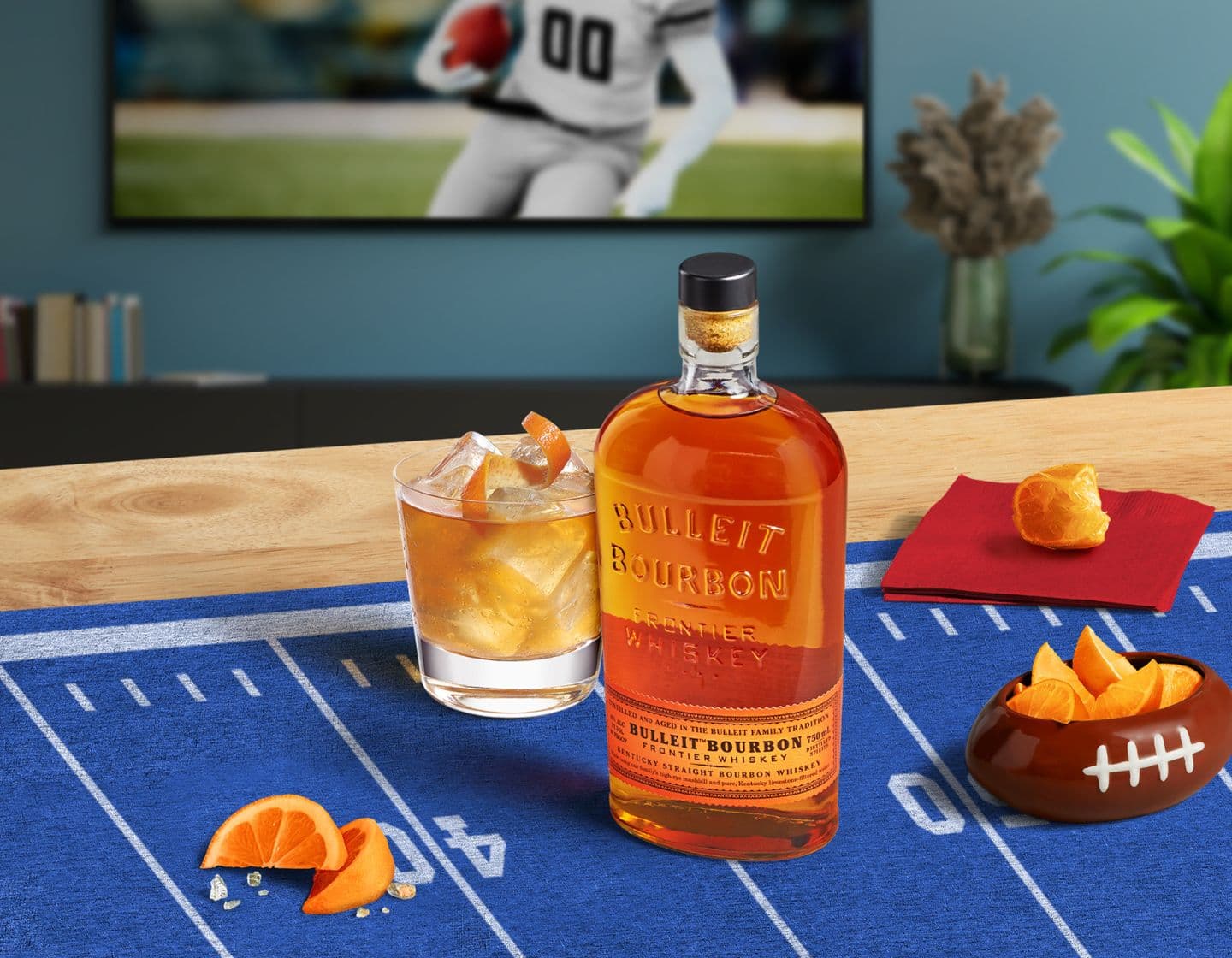Blogs & Inspiration
The History of American Whiskey: Part 2
Like any other great spirit, American whiskey has a shaded past. Read on as renowned mixologist, Tim Etherington-Judge, explores the myths and legends of bourbon whiskey.
Author: Tim Etherington-Judge, Renowned Mixologist
Estimated reading time: 5 minutes
To tell the history of American whiskey is to tell the history of the United States of America; such is the importance of America's national spirit. The myths and legends around the beginnings of ol' bourbon whiskey are numerous and whimsical.
Our story brings together a cast of presidents and distilling founding fathers, a rapturous preacher and an axe-wielding maniacal renegade. Pull up that chair and let's begin.
The New World
We know that no one was distilling in the New World before 1607, when Jamestown, the first permanent British colony, was established. Native Americans were one of the few native peoples that didn't discover the wonders of fermentation.
We know that European settlers in the New World brought the taste for, and knowledge to make, distilled spirits along with other social customs. The distilling of spirits in Ireland was already taking place at this time, with a license to distil granted to the Bushmills area in 1608.
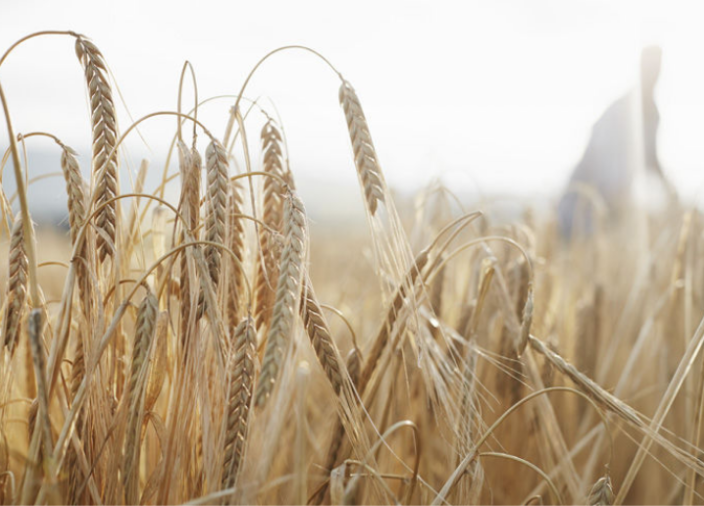
Early Raw Materials
The early settlers were an ingenious bunch, using whatever they could grow locally to create spirits: pumpkins, plums, cherries, apples, pears, blackberries, potatoes, turnips, carrots and small grains.
It's not known for certain which was the first grain used to produce whiskey. Scottish and Irish settlers in Pennsylvania would certainly have been distilling whatever grains provided a plentiful harvest. It's likely that rye, which grew well in the lands, was the first whilst corn was the star crop in Kentucky.
With grain the most abundant commodity in the western states, farmers could make profits by condensing it into whiskey. A horse could carry four bushels of grain. This was an equivalent of twenty-four bushels of grain if it was converted into whiskey.
The Shift to Whiskey
After the American Revolution (1765-1783), the tide began to turn away from rum and towards whiskey. The Embargo Act, which banned commerce with foreign nations, cut off the supply of molasses and rum. And when Congress abolished slavery, rum’s time as America's favourite spirit was up.
At the time, the Secretary of the Treasury, Alexander Hamilton, proposed the United States fully meet the debts incurred due to the struggle for independence. Money was to be raised partly by an excise tax on distilled spirits, a move that was unpopular in Pennsylvania and other western states.
Whiskey was more than just an enjoyed beverage, it was a form of currency, and a gallon of good rye whiskey had a stable measure of value.
The Whiskey Rebellion
In July 1794, a band of rebels, led by Major James McFarlane, attacked General Neville to protest at the enforcement of the tax collection. McFarlane died in the attack, fuelling the rebellion. By August, a group of rebels were marching on Pittsburgh. They spared the city if not its whiskey supply.
The Whiskey Rebellion attracted the attention of President George Washington. He assembled an army of 15,000 men that marched towards Pennsylvania. This show of force was enough to quell the rebellion and by November, with no one to fight, the army returned east.
Both the rebellion and the tax were a failure. The army cost one-third of all the money raised by the tax in its lifetime and was quietly repealed by President Jefferson. The rebellion did however succeed in establishing the reality of a federal union governed by law.
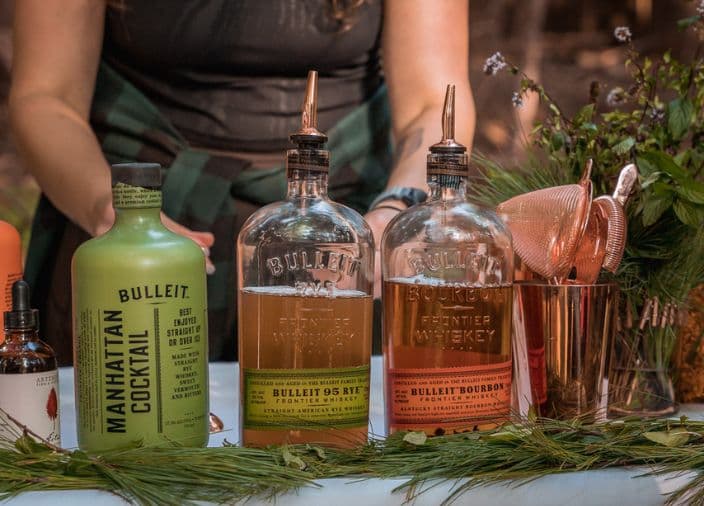
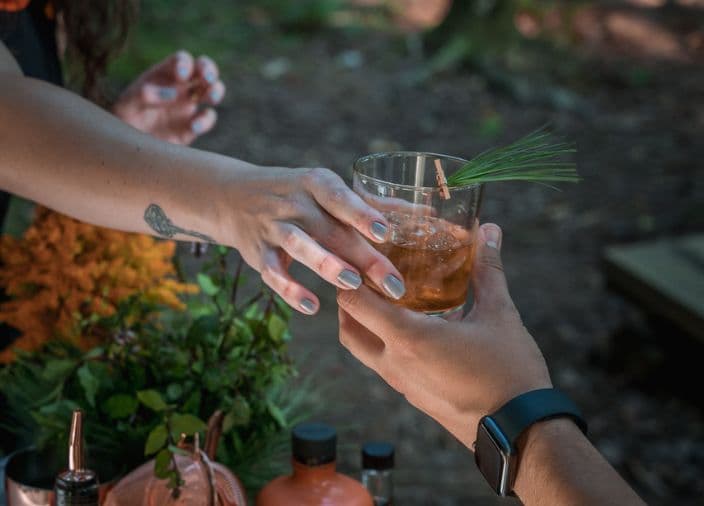
The Kentucky Whiskey
Meanwhile, in Kentucky, distillers also gathered to protest the tax, although, without the violence of their Pennsylvanian brothers. Distilling was being practised in ever-growing quantities as the population of the newly formed 15th state grew.
Corn was the golden bounty in Kentucky. It grew high and green thanks to the fertile soil and limestone water of the bluegrass state and made for an excellent addition to the rye-based mash bills.
Much of Kentucky’s whiskey floated down the Mississippi and Ohio rivers towards New Orleans. Oak barrels, being the storage vessel of choice, helped mellow the raw distillate and by the time it reached New Orleans, it was merchantable as ‘old’ whiskey.
By 1812 ‘Kentucky whiskey’ and ‘western whiskey’ were established commercial terms and in 1821 ‘bourbon whiskey by the barrel or keg’ was being advertised in the Bourbon County newspaper.
The Bourbon Whiskey Origin
As for who created the first ‘bourbon whiskey,’ there are many names that make a claim. The earliest, in 1776, comes from Elijah Pepper near Lexington, a date that the business his family continued would use into the 20th century.
John Ritchie is said to have set up a still at Linn’s Fort in 1777 and Henry Hudson Wathen reportedly did the same in 1788, the same year that the Beam family claim they started. Evan Williams erected a small still in Louisville in 1783 and made a spirit so bad he was censured by his fellow city trustees.
Elijah Craig, a whiskey-making Baptist minister who founded his distillery in 1789, is said to have been the first to age whiskey in charred oak barrels, although there is no actual evidence to support this claim, like much of American whiskey history.
In 1816, a young man by the name of Augustus Bulleit emigrated from France, settling in New Orleans. According to his great-great grandson, Tom, Augustus began turning his hand to making small batches of high rye whiskey, using his knowledge of producing brandy.
In 1860, Augustus mysteriously disappeared while transporting barrels downriver to New Orleans. A year later the American Civil War broke out and the fate of Augustus, and his bourbon recipe, were seemingly lost to the chaos of time.
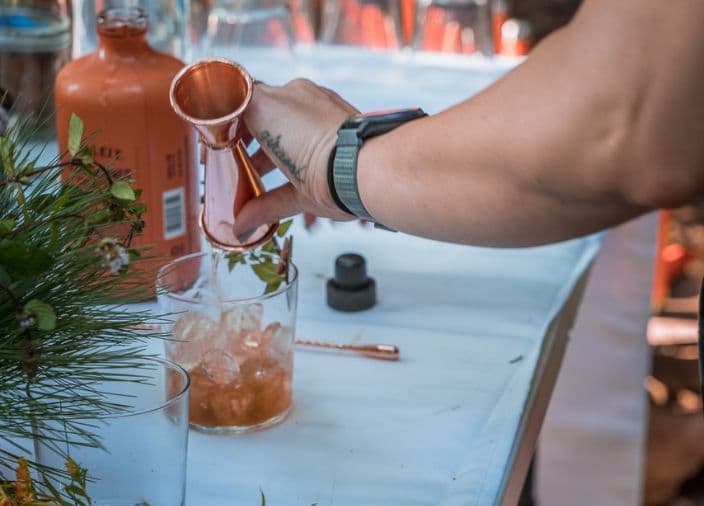
Key Takeaways
- It was after the American Revolution, the tide began to turn away from rum and towards whiskey.
- Whiskey was more than a beverage - it was a form of currency, and a gallon of good rye whiskey had a stable measure of value.
- By 1812 ‘Kentucky whiskey’ and ‘western whiskey’ were established commercial terms.
- In 1821 ‘bourbon whiskey by the barrel or keg’ was being advertised in the Bourbon County newspaper.
Sign up for free and become a member of Diageo Bar Academy today to unlock the latest industry news, trends, and tips to keep your bar knowledge up to speed!
